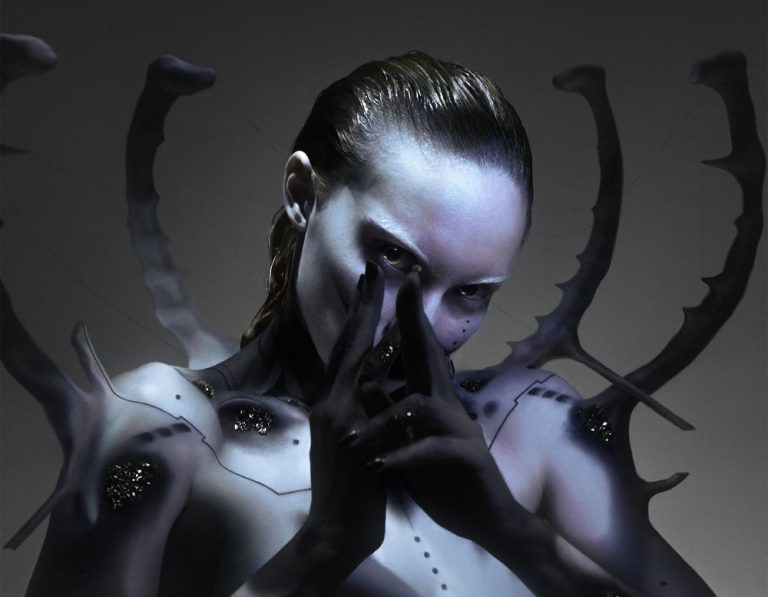A groundbreaking phygital artist Rita Wolkotrub explores the intersections of real and electrical through the mix of photography and digital tools. From the origins of her journey to the evolution of her distinctive style, Wolkotrub shares insights into her artistic process, the role of technology, and her aspirations for the future.
hube: How did you first discover the concept of phygital art, and what inspired you to combine physical and digital elements in your work?
Rita Wolkotrub: I can’t say that there was a specific moment when I discovered phygital art. It was a journey with a long backstory. I will try to describe it briefly because it is important for me.
I’ve been good at drawing ever since I was a kid, and at some point, I got into photography and, later, learned about Adobe Photoshop. When I was 14, I started making weird and childishly ridiculous collages almost immediately and tried to create art on the computer. After graduating from high school I entered the School of Art and Design to specialise in fashion design. I had good curators who really immersed me in the world of global art for the first time and taught me approaches to the creative process. After graduating from university, I tried a variety of creative specialities, mostly related to fashion. But photography and retouching remained my passion throughout all this time.
At some point, just for fun and to escape depression, I decided to try painting art on my face. I started posting it on Instagram and later entered makeup artist contests; and won absolutes in all of them, starting with the very first one. I had never positioned myself as a makeup artist, it just happened that my art went viral. But in the whole process of creating new images for Instagram, it was the retouching of photos that gave me the most pleasure. At the same moment, I started working as a retoucher for other influencers and makeup artists. I started adding digital painting to the portrait photos, and apparently, this is what made me stand out among other retouchers.
At the end of 2021, some dramatic events occurred in my personal life, almost the same moment as the known events in the political space between Russia and Ukraine. This greatly affected my emotional state, and I decided to leave Russia for Indonesia. I can say that the first year I spent in Bali was a turning point for me. I didn’t want to be perceived as a makeup artist on social media anymore because I never was and never wanted to be one.
However, I didn’t understand where I should go next. My Instagram had lost coverage, my old style didn’t suit me anymore. It was acid-bright, trancey, and really great at attracting attention, but it didn’t transcend my inner essence. It was more of a defensive reaction to events happening in my life. I wanted to grow and move on, I wanted to become more honest with myself and my audience. At that moment, I met a lot of other wonderful phygital artists. I got into 3D printing and got immersed into the world of technological art. Also, I am drawn towards dystopian dark cyberpunk aesthetics, music, and movies. For me, the whole year of 2023 was dedicated to finding new approaches to creating art, a visual language, and a way of expressing meanings through art. I’ve improved a lot in my digital drawing skills, using artificial intelligence and other tools. That led me to the style I have now. I’ve been trying to figure out how to combine all the skills I’ve learned along the way — photography, fashion, retouching, concept art, styling, and makeup — for the longest time. And now I can say that I’m finally starting to succeed.
h: Could you walk us through your creative process? How do you choose the real-life photos you work with, and what factors influence your decision to transform them into conceptualized forms?
RW: The creative process can be built in many different ways, it all depends on the starting point. When I make art for myself, I have the opportunity to start with the moodboard and the development of the idea, to make photos with the future digital component in mind. I prefer to work out the logic of the process in advance so that the result is predictably good and exactly reflects the original idea I wanted to realize.
In my work, most of the creation starts with clients sending me photos, and I then have to come up with the concept based on it in cooperation with the team working on the process. I can proudly admit that lately almost all of my commercial orders come with a request to “do it in your style” with full confidence in my artistic ideas. To me, this is an important indicator of having a unique visual language, something I work on constantly.
h: What role does technology play in your art-making process? Are there specific software or tools that you find indispensable in bringing your creative vision to life?
RW: I draw everything in Photoshop but I’ve also been using artificial intelligence a lot lately. I want to emphasize that it never replaces a part of the image for me. I sometimes use individual elements, transform them a lot, edit, and finish them by hand. In general, I use AI only for concept research or non-trivial solutions.
As for the physical part of my art, I use makeup, body art, costume making, and light in photos, which I also take myself. Most of the time, I do the whole process alone from start to finish, at least with the work that gets posted on my profile.
h: How do you approach the choice of colors and textures in your digital edits? Are there specific themes or moods you aim to convey through these choices?
RW: Of course, color, textures, and shapes are the basic visual tools in an artist’s arsenal. My speciality is that I love structuring everything to isolate the most efficient characteristics, properties, principles, and approaches in all creative processes. I believe that art is not the product of random uncontrolled inspiration. That’s why I have huge outlines where I write out the key colours, textures, shapes, and emotions I need. I work out why I want to use them, why they work, why they make an impression on the viewer and what that impression is. Besides, I could give a lecture on this topic, because it’s really very broad.
In terms of style, my main tags are technological dystopia, sexuality, corporeality, futurism, brutal urbanism, cyberpunk, scenic imagery, and dramatic lighting as well as combining heavy textures with sci-fi transparency, the space of a laboratory or a scene from a futuristic alien movie. I would like to bring my style to a more minimalist brutal version, while inevitably getting a bit of fairy-tale-romantic images.
h: Many artists have unique ways of incorporating traditional art techniques into their digital works. Do you employ any traditional art methods before or during the digital editing process?
RW: Of course, most of my work is classic hand drawing, though on a graphics tablet, but it’s still a skill that could well be called traditional. Besides, my approaches to developing creative intellectual objects are largely the same ones I was taught during my studies in design school. There we did a lot of drawing in different techniques, made collages, tested and experimented with various techniques of applying paint, creating prints and complex strange textures physically, with our own hands, as well as developed skills in non-trivial design constructing and sewing clothes. I still use all these things now; somewhere physically, somewhere on the computer, but it is a valuable base which is already “sewn” into my hands and the way of thinking.
h: Do you intentionally push the boundaries of your own style, or do you prefer to stay within certain artistic parameters?
RW: I am definitely in constant development and work on myself. My problem has always been more about creating my own artistic boundaries and sticking to them. Because, as I have said before, I have collected many skills in different artistic fields, I am inclined to not see the framework of any styles and to combine incongruous things, which sometimes turns into inappropriate eclecticism. Now I am on the path of simultaneously expanding my artistic perception, concretising the framework of my style, and finding the most accurate and expressive techniques to increase my recognition as an artist.
h: Looking ahead, are there any specific artists or projects you would like to work with?
RW: The most important art project I’m working on right now is myself. I am concentrating on it as much as possible because I think the most significant thing in the life of every person in general and artist, in particular, is to build your world and to “infect” other people with it. The ideological component of my creative project, as well as my personality, is the necessary foundation, the core, and the crystallisation of which I am engaged in.
In addition, I have ongoing projects with the Trans community around the world, working with photographers and influencers as a retoucher and digital artist. For the future, I’m looking to professionalise myself more to be able to work with bigger personalities in contemporary culture but I don’t want to specify names as I have some superstitious caution about it.
h: As a phygital artist, you’re navigating the intersection of the physical and digital realms. How do you see this evolving in the future, both for your personal artistic journey and for the broader field of phygital art?
RW: My immediate plans include improving my professional skills in photography and building business processes. I need this to increase the quality and scale of my artistic projects, which will continue to be based on photography and digital art. In the future, I would like to smoothly move into the field of creating more physical things, like my own brand of clothing or accessories. So that digital things become overgrown with the bones and meat of reality, and my little artistic world grows and matures. Who knows where my path leads me? Experience shows that it is currently not possible to predict something even for the upcoming couple of years.
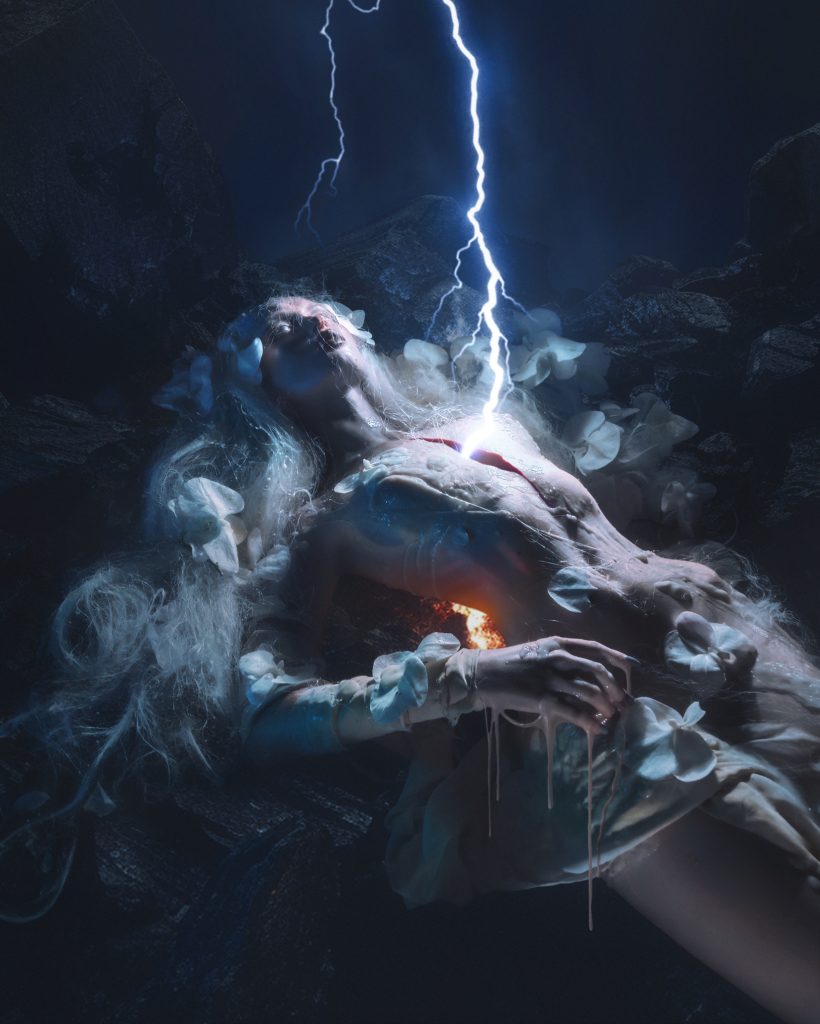
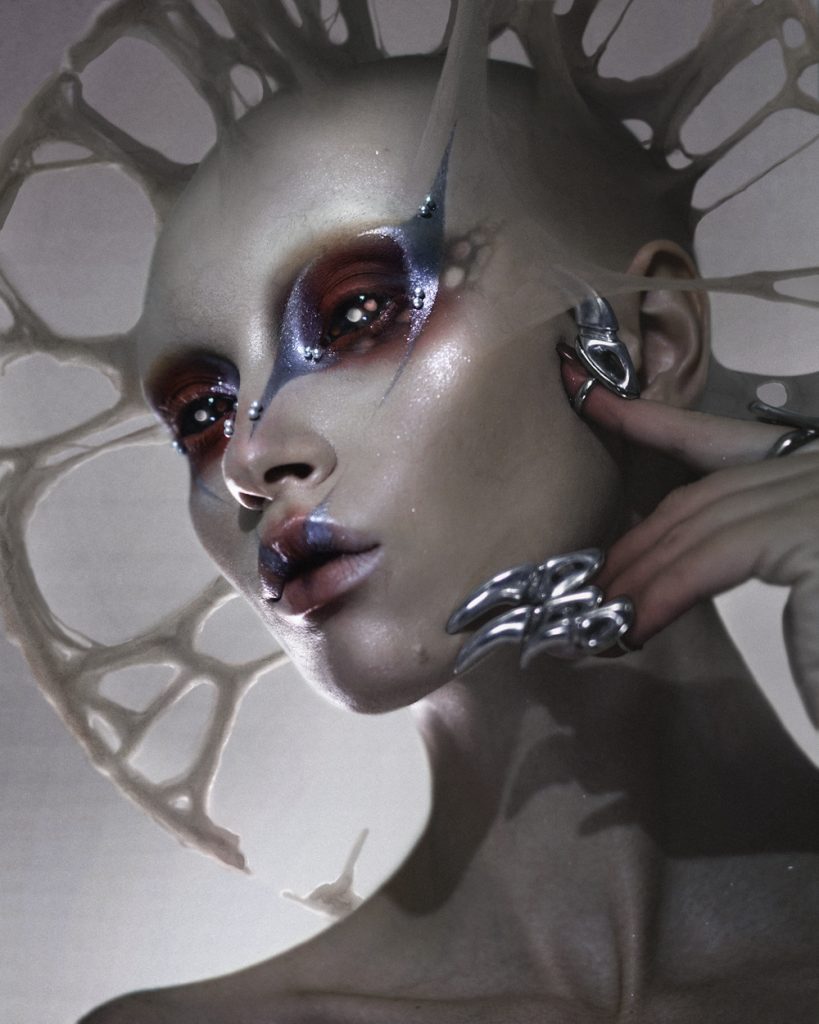
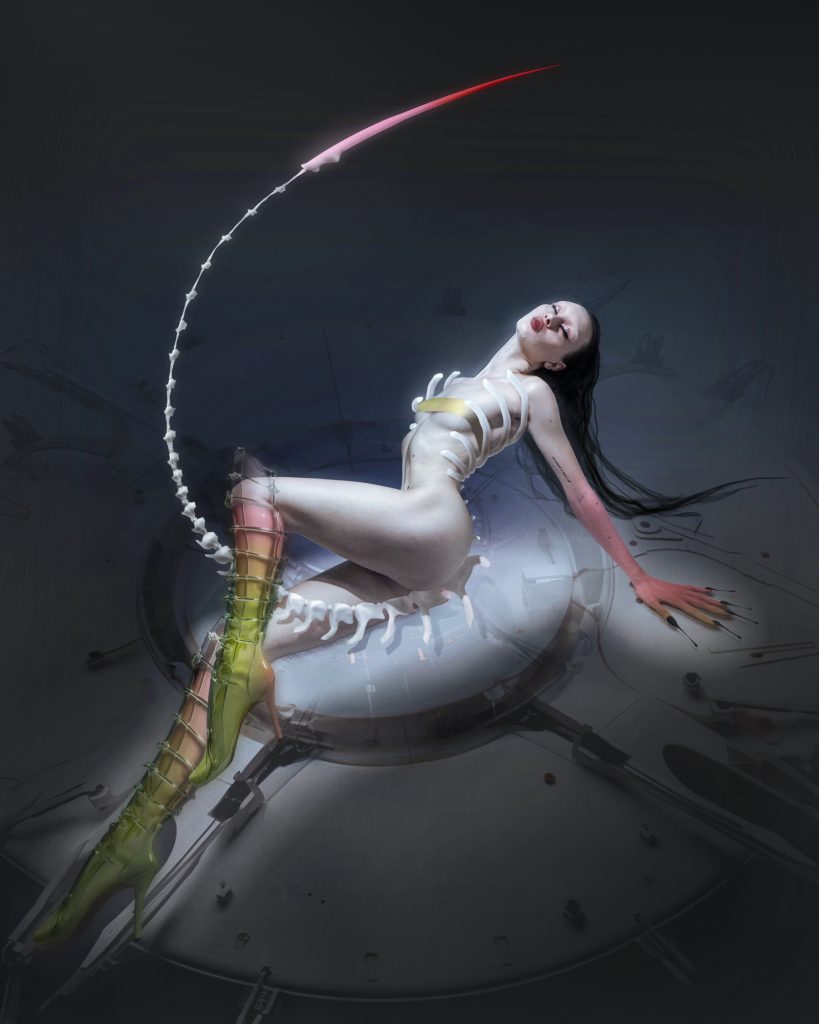
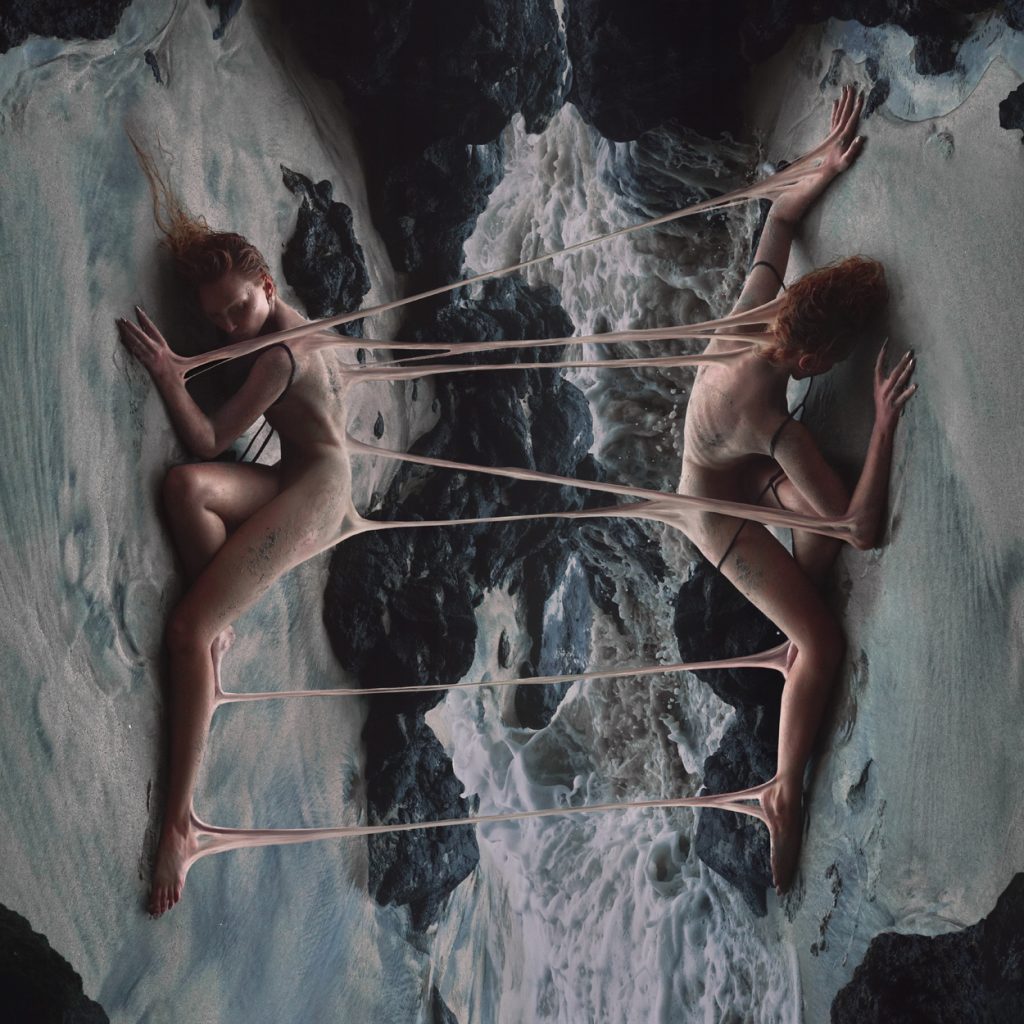
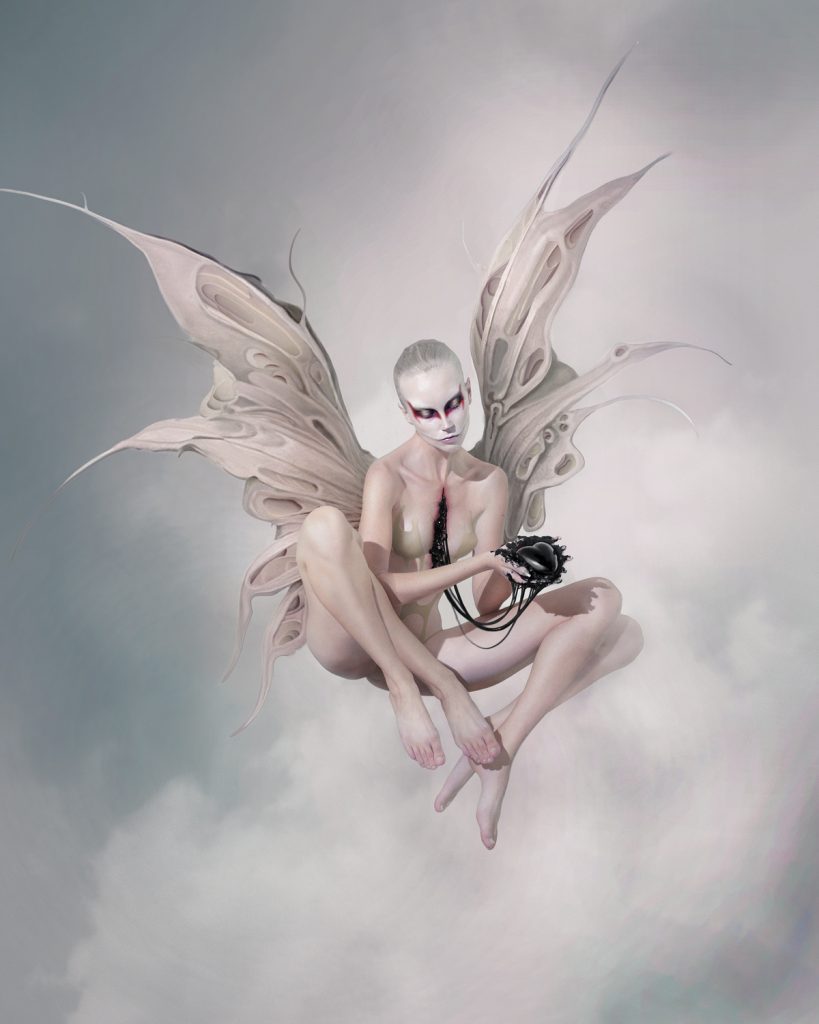
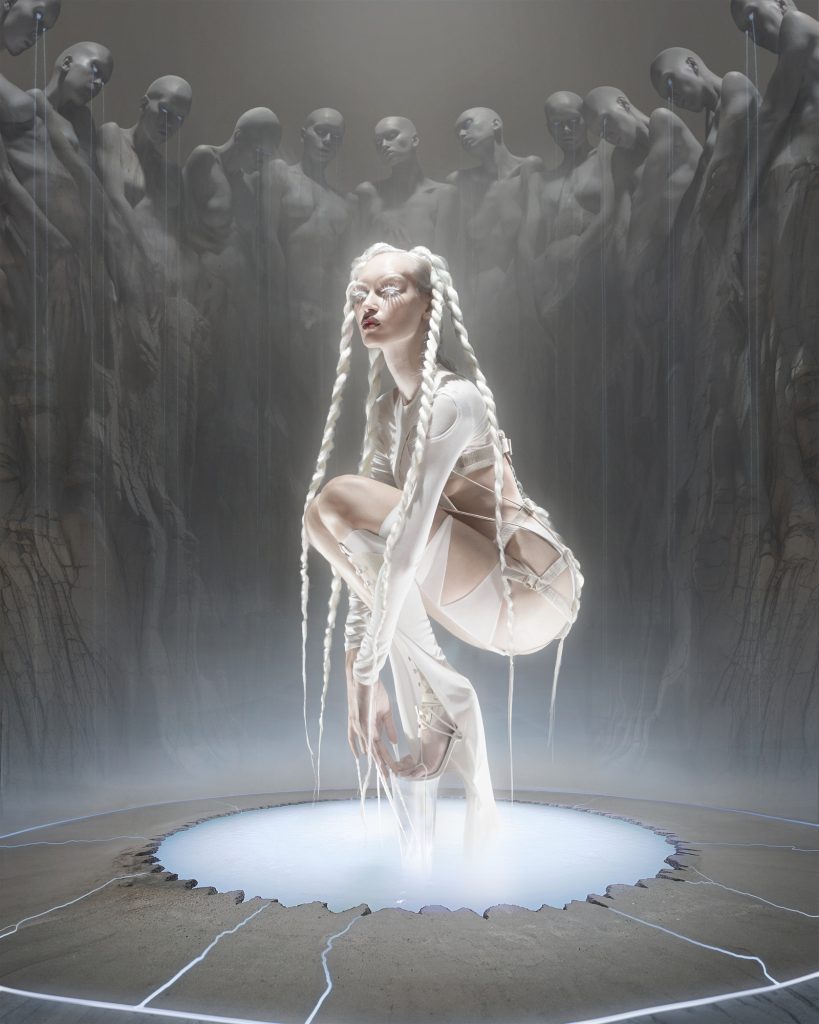
Images courtesy of the artist
Cover image courtesy of SCARECROW BOY WHIPHEAD and the artist
